To say Waterdogs LC head coach Andy Copelan is excited for his team’s inaugural season would be an understatement. Copelan arrived at his interview this winter with a spreadsheet of his projections for the rest of the league’s unprotected rosters across the league. His forecast was nearly spot on – north of 80%. When I called him on Sunday morning, he was watching NLL replays over coffee, keeping tabs on Connor Kelly and Kieran McArdle. He has studied every single one of his 18 players, and he has a specific role in mind for each of them.
Some of those players have multiple roles. He views four midfielders – Drew Snider, Dan Eipp, Ryan Conrad, and Kyle McClancy – as the keys to his team’s versatility. Copelan has already started tinkering with lineup combinations centered around the roles that those four play.
“Do you go with six two-way guys and try to do three different pairs?” Copelan pondered. “Or do you maybe go with [Steven] DeNapoli – who is your true d-middie – then maybe you just go with three of those two-way middies, then with the remaining two [roster spots] you target your o-middies? I think that’s probably what will end up happening.”
There’s a reason why every team protected a short-stick defensive midfielder, and some teams protected two. It’s the toughest position in the sport. Copelan will try to get DeNapoli on the field for as many defensive possessions as possible. That’s ideal. But if Snider, Eipp, Conrad, or McClancy gets “trapped,” then he’s comfortable playing out the possession. Plus, a stop with one of those four on the field can lead to an advantage in the other direction.
“We can get creative and throw them behind in a big-little with [Kieran] McArdle,” said Copelan. “The ball doesn’t need to be in their stick. You can just teach them how to play within a pair – be the picker or turn into a cutter. Put whoever is covering them into a little bit of a compromising situation.”
Those slow break big-littles are crucial. Wringing the 52-second shot clock dry should be every offense’s goal in 2020. Arguably the two offenses that squeezed the most actions into it – and certainly the two defenses that seemed to shrink it – made the championship game. As soon as the transition dust settles, it becomes more difficult to score. Probing early in the clock can expose gaps in the defense.
“I really don’t want to be a team that just subs all game,” said Copelan. “And then before you know it, you spend 30% of the game subbing and 70% of the game trying to score a goal. I think we can sub less and hopefully be more productive.”
The term “two-way midfielder” deserves more nuance. Copelan dives in-depth on each player’s strengths and weaknesses. Some are offensive midfielders who can play defense – or vice versa. Some can invert on offense; others are best as cutters. Some are better suited for faceoff wings.
Copelan recruited Snider to Maryland. Both are fired up about a reunion. Snider can do it all. He earned his spot in the pros by playing defensive midfield. If he plays a few defensive shifts per game, then it could create those compromising situations that Copelan referenced. Good luck to opposing offensive midfielders trying to defend Snider on an island at X.
Eipp doesn’t have the defensive experience that Snider does, but it’s not due to a lack of ability. “It’s a role that Danny hasn’t been asked to play thus far,” explains Copelan. “And that was really what our whole first phone call was about.”
Copelan envisions Eipp in a role similar to the one played by Redwoods midfielder Brent Adams, who Copelan coached at Fairfield. Adams used his speed to blow by his defender in five-on-five and four-on-four situations early in the clock. Eipp has that same burst. Six-on-six sets can cast a shadow over athleticism. Playing faceoff wings and defensive shifts will give Eipp to use that giddy-up.
Conrad was selected for his groundball game. Stick him on a faceoff wing, and your win percentage boosts. The Atlas were slaughtered in transition by 1.7 goals per game without Conrad in the lineup. They had a slight scoring advantage (0.2 goals per game) with Conrad -- better than nothing. Conrad can create semi-transition advantages, and he can hold his own on the defensive end after a faceoff loss.
McClancy played as a true SSDM in 2019. He can be so much more. In four years at Albany, McClancy buried 79 goals and dished 49 assists. His invert game is complete – inside rolls, rocker steps, exclamation dodges, question mark dodges. We saw a lot of it at Albany; bank on seeing more in 2020.
An 18-man roster doesn’t allow for much specialization. Each of the original six teams is aiming to maximize versatility. Copelan’s Waterdogs had the unique opportunity to build from scratch. Acquiring shapeshifters like Snider, Eipp, Conrad and McClancy was his goal for the Expansion Draft. Two more drafts – and a couple more Copelan spreadsheets – sit between the Waterdogs and their revenge tour.
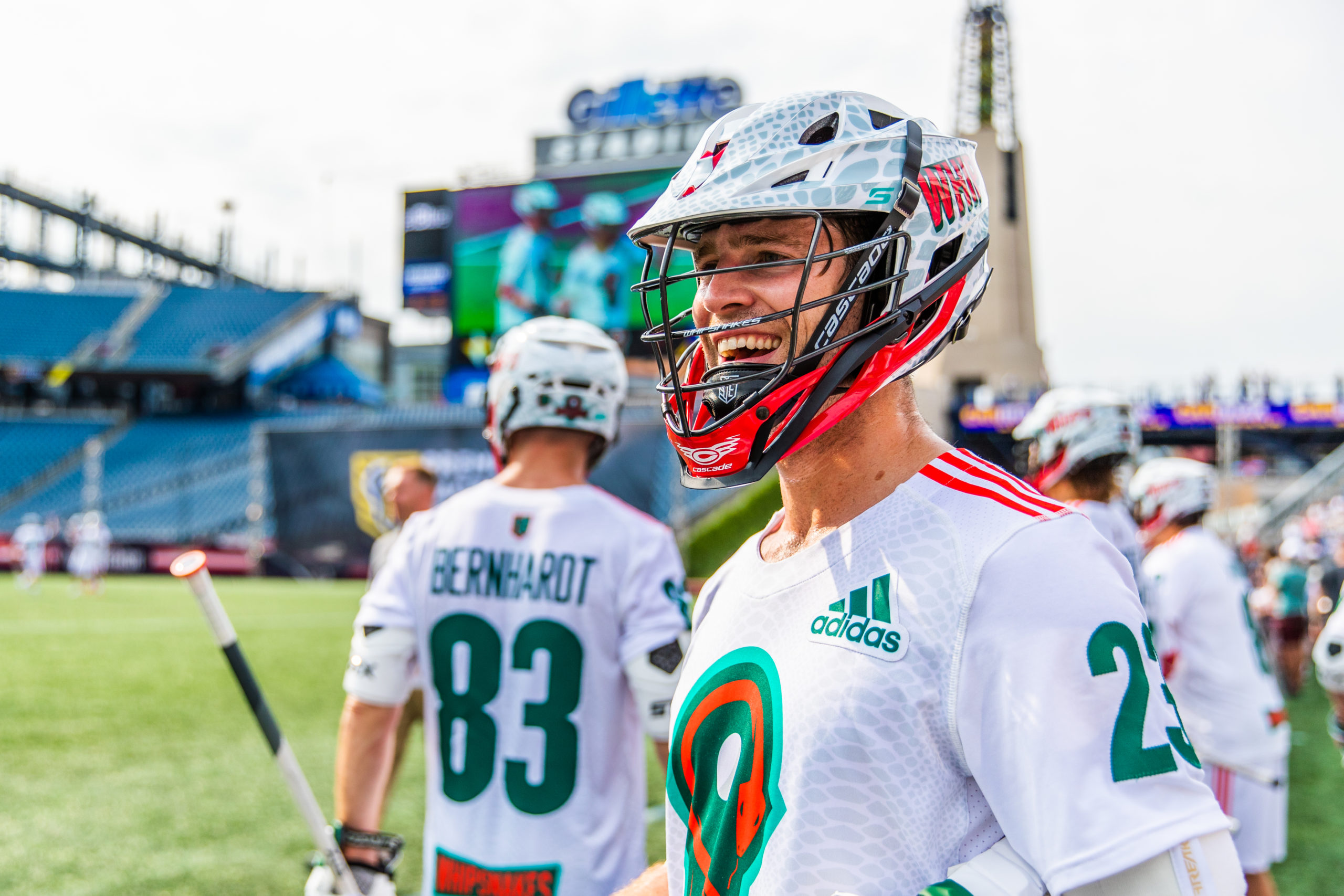
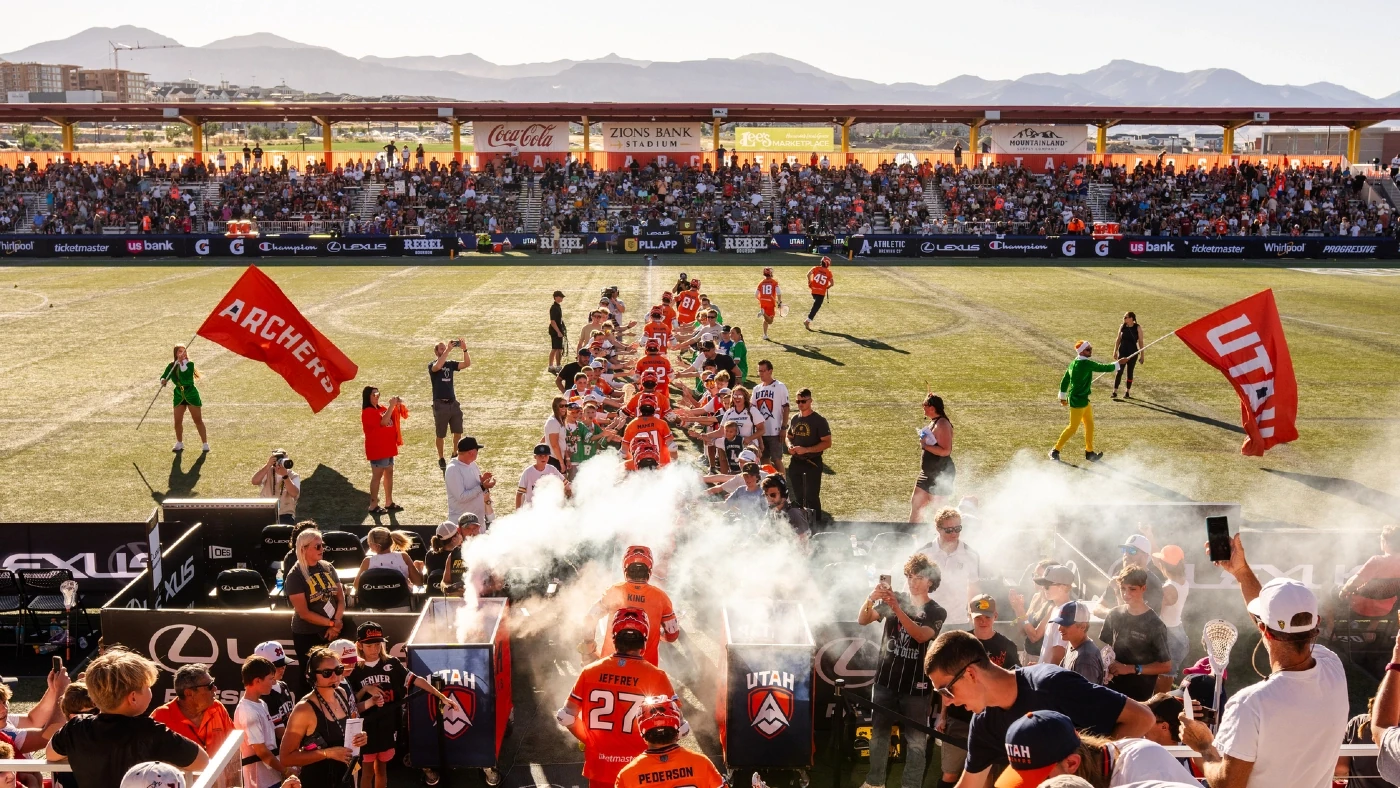
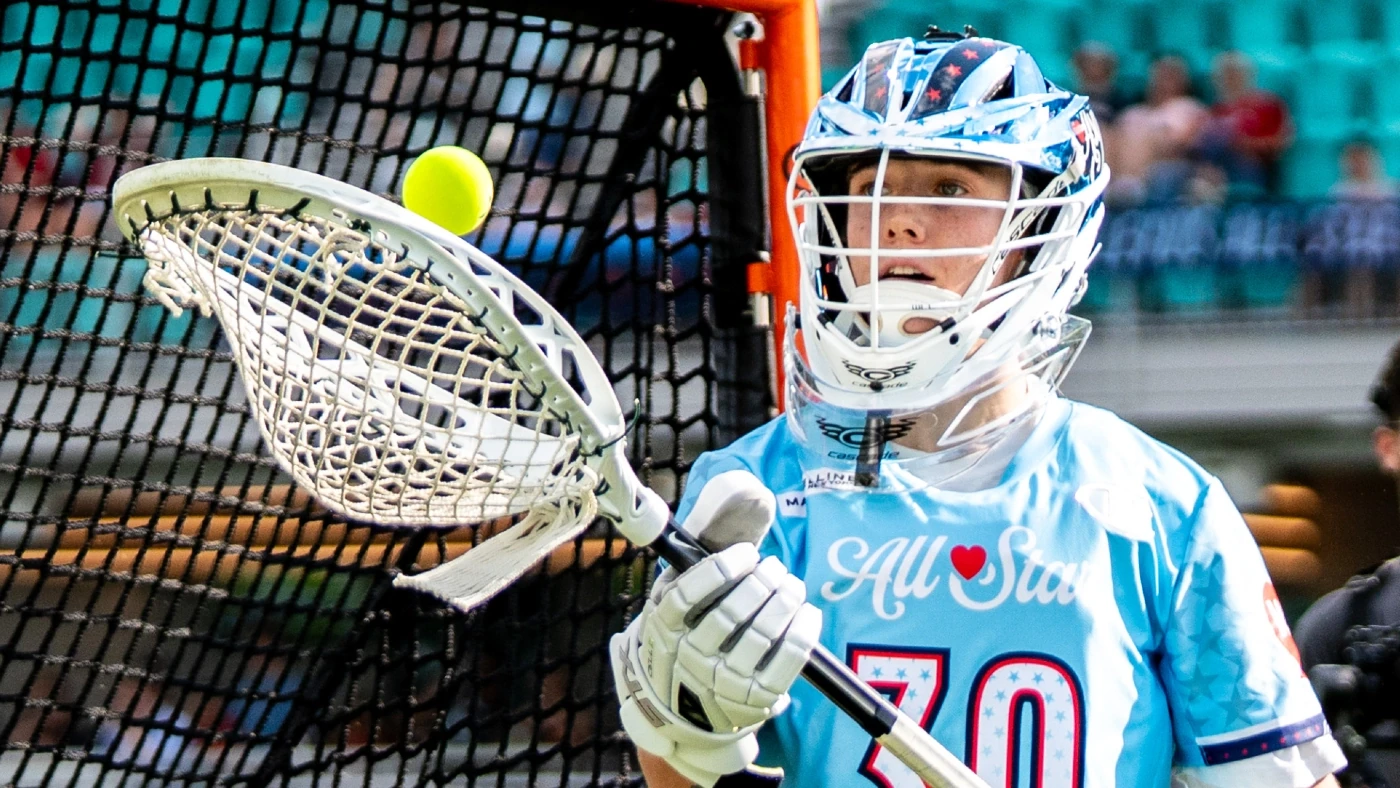
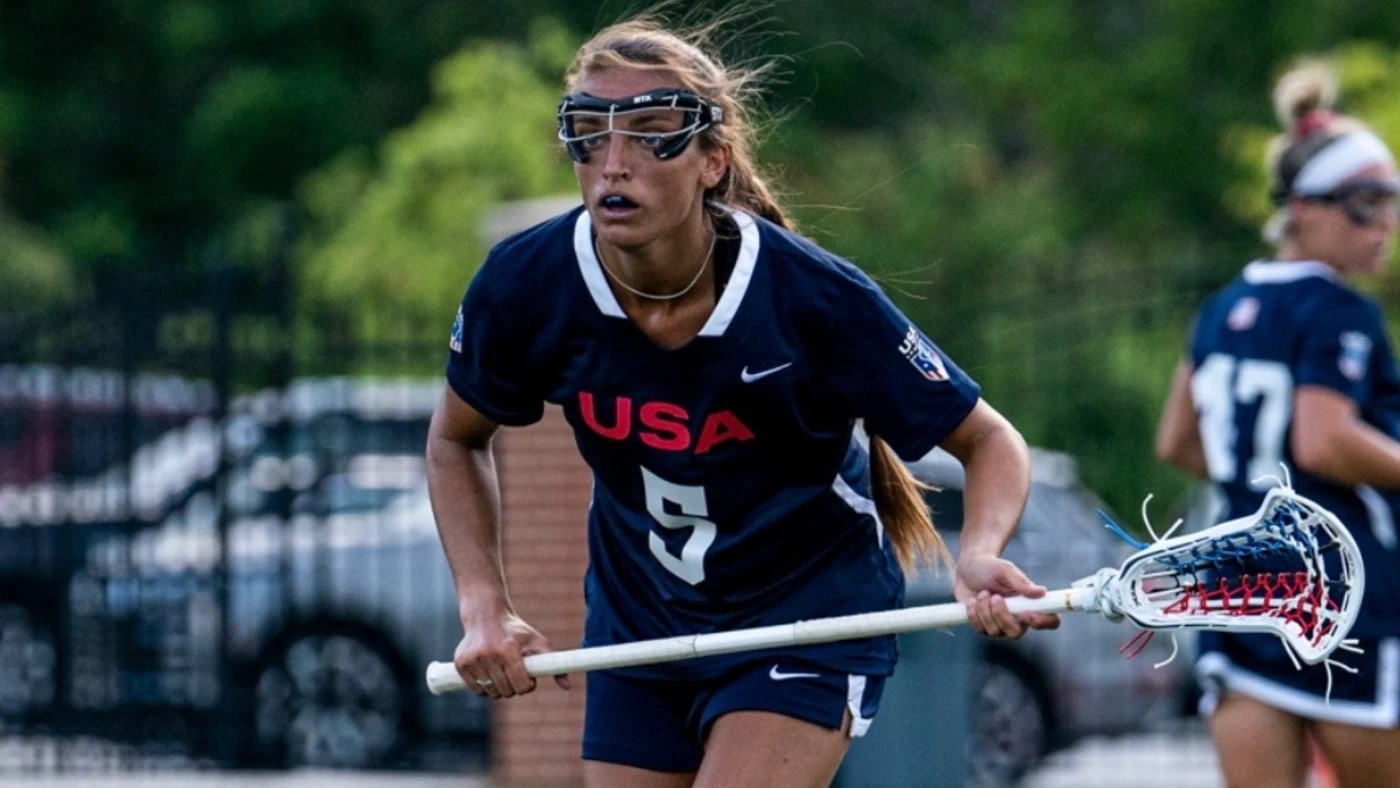
Pingback: microsoft exchange hosting fiyat
Pingback: kurumsal sanallaştırma hizmeti
Pingback: it danışmanlığı
Pingback: Replica rolex dials for sale
Pingback: Stablecoins wallet
Pingback: debit card dumps with pin
Pingback: rarible nft
Pingback: 토토사이트계좌매입
Pingback: สล็อตวอเลท ไม่มีขั้นต่ำ
Pingback: DevOps as a service companies
Pingback: cvv dumps
Pingback: snuscore de
Pingback: upx1688.com
Pingback: fond du logement demande
Pingback: Leverage
Pingback: 토토달팽이
Pingback: tu peux vérifier
Pingback: official website
Pingback: passive income
Pingback: cartridge cartel
Pingback: https://www.postandcourier.com/sponsored/phenq-reviews-does-this-diet-pill-actually-work/article_1cdbfb1a-395f-11ee-9d97-33c51303c959.html
Pingback: sleep music
Pingback: Toy car pallets
Pingback: biilad rafidain
Pingback: เว็บหวยออนไลน์
Pingback: ks quik 2000
Pingback: visit this site
Pingback: charlotte dematons sinterklaas
Pingback: Angthong National Marine Park
Pingback: phim sex trẻ em
Pingback: คลินิกปลูกผม
Pingback: toto slot
Pingback: Buy Beretta A300 Ultima Sporting
Pingback: จุดเด่นของค่ายเกมสล็อตออนไลน์ MPoker
Pingback: อู่ซ่อมรถยนต์เชียงใหม่
Pingback: รับสร้างบ้านเชียงใหม่
Pingback: go88
Pingback: once human hacks
Pingback: เรียนต่อจีน
Pingback: Sbobetclub168 ทางเข้าสโบเบทโดยตรง ปิดให้บริการแล้ว